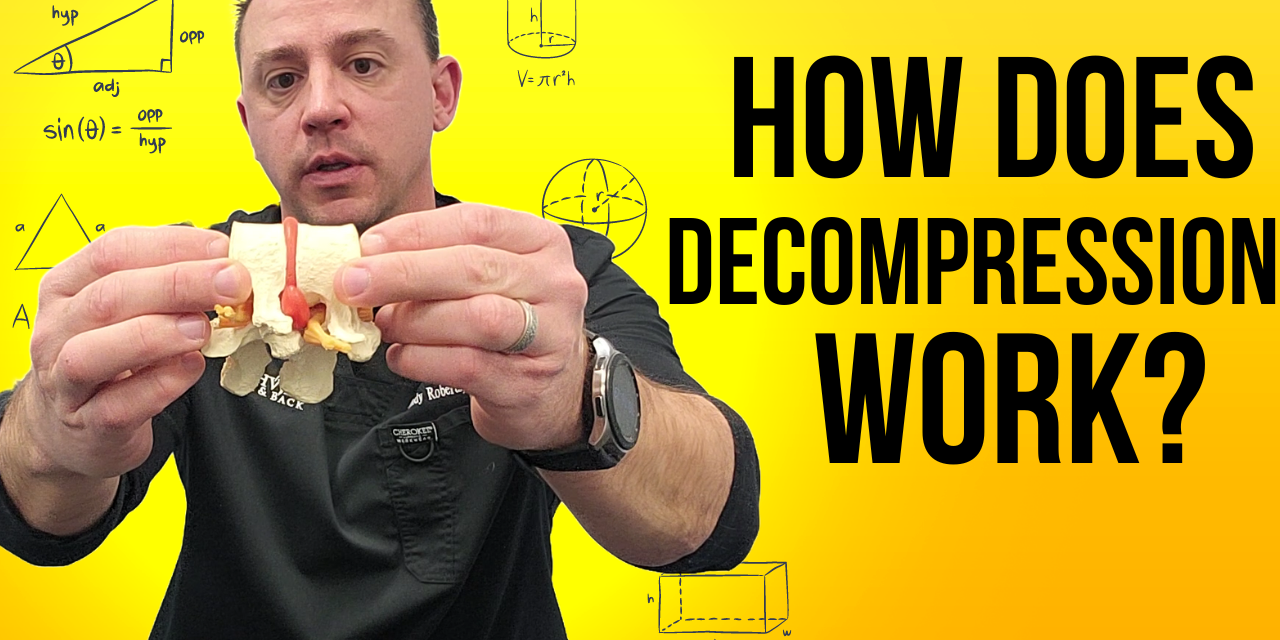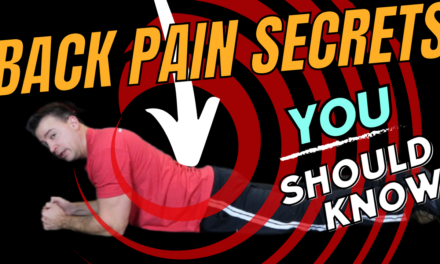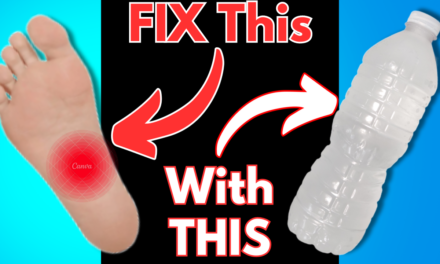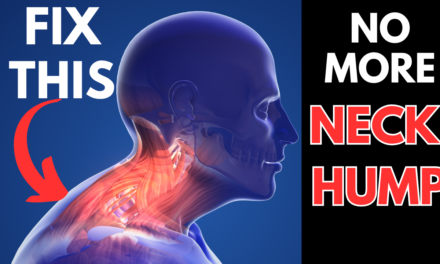Say Goodbye to Surgery with Non-Surgical Spinal Decompression!
Introduction
Are you one of the millions struggling with persistent neck or back pain? You’re not alone. For many, the discomfort can be debilitating, affecting daily life and reducing overall quality of life. If you’ve been exploring treatment options, you’ve probably come across the term “spinal decompression.” This article will introduce you to non-surgical spinal decompression, a highly effective treatment that could help you say goodbye to surgery and hello to a pain-free life.
Understanding Spinal Decompression
What is Spinal Decompression?
Spinal decompression is a therapeutic technique designed to relieve pressure on the spinal discs, which are the cushion-like pads between the vertebrae. Non-surgical spinal decompression, specifically, involves the use of a motorized traction table to gently stretch the spine. This stretching changes the force and position of the spine, promoting the movement of water, oxygen, and nutrient-rich fluids into the discs so they can heal.
Surgical vs. Non-Surgical Spinal Decompression
Unlike surgical spinal decompression, which involves removing part of the bone or disc material to relieve pressure, non-surgical spinal decompression is non-invasive and does not require any incisions. This makes it a preferred option for those looking to avoid the risks and long recovery times associated with surgery.
Conditions Treated by Non-Surgical Spinal Decompression
Non-surgical spinal decompression can be highly effective for a variety of conditions, including:
– **Herniated or Bulging Discs:** By reducing the pressure on the discs, decompression can help retract herniated or bulging material.
– **Degenerative Disc Disease:** This treatment can provide relief by improving the health of the spinal discs.
– **Sciatica:** Decompression can alleviate the pressure on the sciatic nerve, reducing pain.
– **Facet Syndrome:** It can help by relieving the pressure on the facet joints.
– **Chronic Neck and Back Pain:** For general chronic pain, decompression can provide significant relief.
The Benefits of Non-Surgical Spinal Decompression
Pain Relief Without Surgery
One of the most compelling benefits of non-surgical spinal decompression is the potential to relieve pain without undergoing surgery. Surgery, while often effective, comes with risks such as infection, blood clots, and a long recovery period. Non-surgical decompression, on the other hand, is a safer, less invasive option that can offer significant pain relief.
Reduced Recovery Time
Because there are no incisions or invasive procedures involved, the recovery time for non-surgical spinal decompression is minimal. Patients can often return to their normal activities much sooner than those who undergo surgery.
Non-Invasive and Drug-Free
Non-surgical spinal decompression is entirely non-invasive, making it an excellent option for those wary of surgery. Additionally, it is a drug-free treatment, which is beneficial for individuals looking to avoid the side effects and dependencies associated with pain medications.
Improved Mobility and Functionality
Many patients report improved mobility and functionality after undergoing spinal decompression therapy. By relieving the pressure on the spinal discs and nerves, patients can move more freely and comfortably.
The Spinal Decompression Process
Initial Consultation and Diagnosis
Before starting spinal decompression therapy, it’s essential to have a thorough consultation with a qualified chiropractor. During this consultation, the chiropractor will review your medical history, perform a physical examination, and may request imaging studies such as X-rays or MRIs to accurately diagnose your condition.
The Spinal Decompression Session
Each spinal decompression session typically lasts about 30 to 45 minutes. During the session:
– **Patient Positioning:** You will lie fully clothed on a motorized table, either on your back or stomach.
– **Harness Application:** A harness is placed around your pelvis and another around your trunk. These harnesses are attached to the table.
– **Table Adjustment:** The lower part of the table moves to provide traction and relaxation cycles, gently stretching and relaxing your spine.
Patients often describe the experience as relaxing, with many even falling asleep during the treatment.
Typical Treatment Plan
A standard treatment plan involves 20 to 28 sessions over five to seven weeks, depending on the severity of your condition. Your chiropractor will tailor the plan to your specific needs, ensuring the best possible outcome.
Patient Success Stories
Real People, Real Relief
I’ve had countless patients come through my practice, desperate for relief from chronic pain. One memorable case was a patient named Susan, who had been suffering from severe lower back pain due to a herniated disc. Susan had tried various treatments, including physical therapy and medications, with little success. After completing her spinal decompression therapy, Susan was not only pain-free but also able to return to her favorite activities like gardening and hiking. Her story is just one of many that highlight the life-changing impact of non-surgical spinal decompression.
Case Studies Highlighting Success
Another patient, Tom, struggled with sciatica that radiated from his lower back down his leg. Traditional treatments provided temporary relief at best. After a series of spinal decompression sessions, Tom experienced significant improvement. His sciatica pain reduced dramatically, and he was able to sit comfortably for extended periods, something he hadn’t been able to do for years.
Comparing Non-Surgical Spinal Decompression to Other Treatments
Traditional Surgical Options
Surgery often involves removing part of a disc or bone to relieve pressure on the spine, which can be effective but also carries risks like infection and long recovery times. Non-surgical spinal decompression avoids these risks and provides a safer alternative.
Other Non-Surgical Treatments
Physical therapy, medications, and chiropractic adjustments are common non-surgical treatments. While these can be effective, they may not always address the underlying cause of the pain as comprehensively as spinal decompression. Spinal decompression specifically targets the spinal discs and nerves, providing a direct approach to pain relief.
Evidence and Studies Supporting Effectiveness
Numerous studies have shown the effectiveness of spinal decompression therapy. For example, a study published in the “Journal of Neurological Research” found that 86% of participants experienced significant relief from herniated disc pain after undergoing spinal decompression therapy.
What to Consider Before Starting Spinal Decompression
Suitability: Who Can Benefit the Most?
Spinal decompression is particularly beneficial for those with herniated discs, degenerative disc disease, and sciatica. However, it’s essential to consult with a qualified chiropractor to determine if it’s the right treatment for your specific condition.
Potential Contraindications
While spinal decompression is safe for many, certain conditions may not be suitable for this therapy. These include advanced osteoporosis, spinal fractures, or severe obesity. Your chiropractor will evaluate your medical history to ensure it’s a safe option for you.
Importance of Professional Assessment
A professional assessment is crucial before beginning spinal decompression therapy. This ensures that the treatment is tailored to your needs and maximizes the potential for relief.
How to Find a Qualified Chiropractor
Tips for Choosing the Right Chiropractic Clinic
– **Research:** Look for clinics with positive reviews and a strong reputation in spinal decompression therapy.
– **Credentials:** Ensure the chiropractor is licensed and has specialized training in spinal decompression.
– **Consultation:** Schedule a consultation to discuss your condition and see if the clinic feels like a good fit.
Questions to Ask During the Initial Consultation
– What is your experience with spinal decompression therapy?
– How many patients with my condition have you treated successfully?
– What should I expect during and after the treatment sessions?
Conclusion
Non-surgical spinal decompression offers a powerful alternative to surgery for those suffering from neck and back pain. With its numerous benefits, minimal recovery time, and non-invasive nature, it’s a treatment worth considering. If you’re looking for a way to alleviate pain and improve your quality of life without the risks associated with surgery, spinal decompression might be the answer you’ve been searching for.
Call to Action
Are you ready to explore the benefits of non-surgical spinal decompression? Contact us today to schedule a consultation and take the first step toward a pain-free life. Share this article with friends and family who might also benefit from this transformative treatment. Together, let’s say goodbye to surgery and hello to a healthier, happier you!





